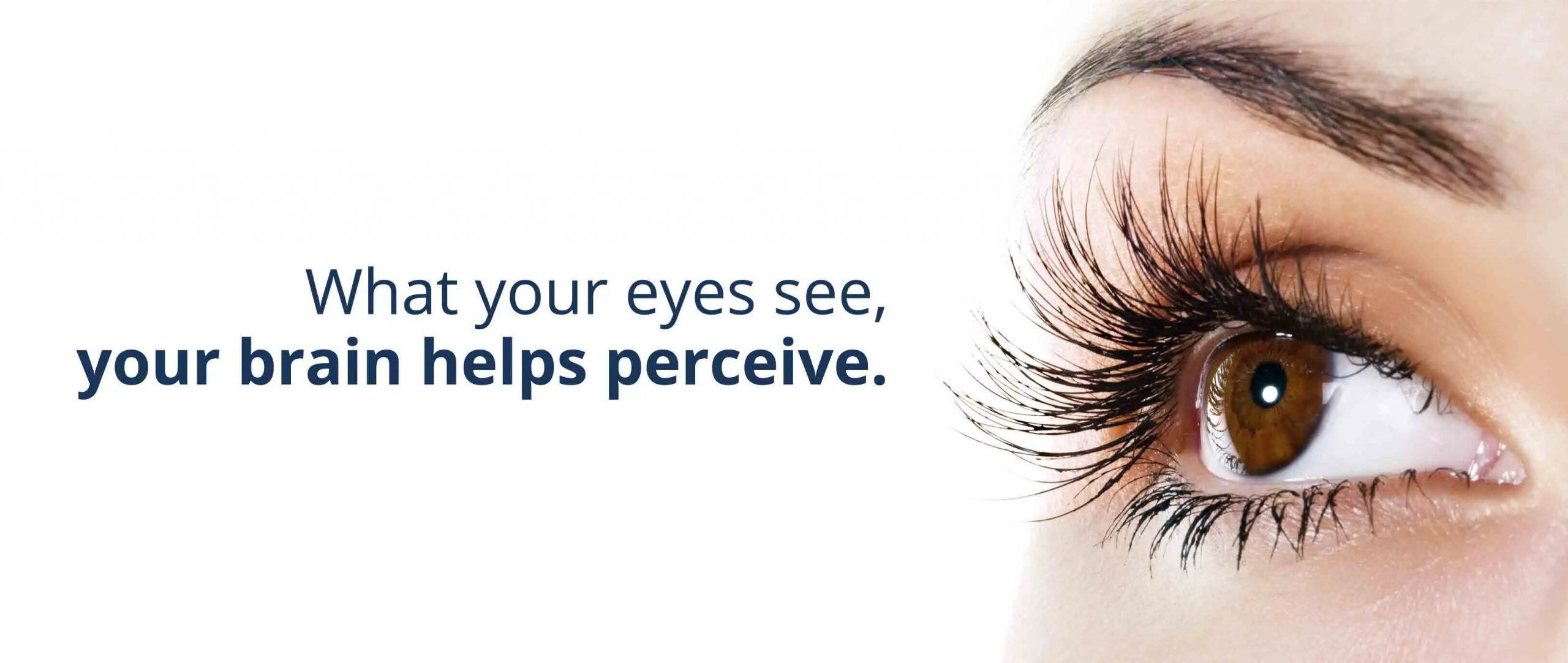Snow-capped mountains, bright blue skies, lush green fields and birds flying in the distance… We have all encountered descriptions like these of the beauty of nature. Have you ever wondered, though, where the ability to describe this beauty comes from? You guessed it right—it’s from your eyes and the power of vision.
Think of eyes as the camera of the human body—they perceive, frame and help record our visual experience. They are one of five sensory organs—the others being our nose, ears, tongue, skin and that have evolved over the course of human evolution to help us navigate the world. Vision is such an instinctive experience—new-born babies don’t need to be taught how to see—and our eyes effortlessly take in so much information through the day that you wouldn’t think it is a complex process. Fun fact: there are more than 2 million moving parts that make this wonder possible! We break it down for you:
Let There Be Light
Our eyes perceive light that gets reflected or bounced off objects around us. Now, light is essentially electromagnetic radiation but we can ‘see’ only a small portion of it, called the visible spectrum. Second fun fact: light is a mix of different wavelengths. When passed through a prism it separates into distinct colours (Violet, Indigo, Blue, Green, Yellow, Orange, Red)—that of the rainbow—making visible the wavelengths that our eyes ‘see’.
Windows into the World
Light rays reflected off opaque objects, animals and people enter our eyes. First, it passes through the cornea—the outermost, transparent and dome-shaped layer covering the front of our eyes. The cornea bends light, like a lens. This is the first step in controlling and focussing all incoming light by our eyes.
The dark centre of your eye is the pupil. It is the aperture which controls the amount of light entering the eyeball. The lighter, coloured band of muscles around it is the iris. They determine our eye colour but, more importantly, they can change the size of the pupil. You must have noticed how our pupils contract in harsh light but expand in low light conditions—they do this to control the amount of light entering the eye.
Immediately behind them is the crystalline lens, the second structure in our eye used for focussing. Now, unlike the stable glass lens in spectacles, the one inside our eyes is flexible. It changes its shape constantly so we can see both near and far objects. The lens projects all light onto the retina—think of it as the screen in a cinema hall. This is where images are formed. However, we don’t exactly ‘see’ this image, it has to be interpreted first.
The retina is made of layers of overlapping photosensitive and photoreceptive cells. Some layers effect the initial transformation of light reflections into electrochemical signals, other layers further process and assemble them into patterns. These packets of information are then transported to the brain via the optic nerve. Almost a million nerve fibres are bundled together in the optic nerve!
No Brain, No Gain
Did you know that the ‘image’ formed by the retina is actually upside down? Our brain gets into gear and translates the electrical signal relayed through the optic nerve, creating the 3-D, sharp and colourful image which we finally ‘see’.
All of this happens, as they say, in the blink of an eye. One last fact to blow your mind: our brains can process visual information in less than 50 milliseconds! This is why we never become aware of this highly complex process and experience it as instantaneous. Aren’t our eyes truly wonderful and awe-inspiring sense organs? We hope you appreciate how hard they work on your behalf!



